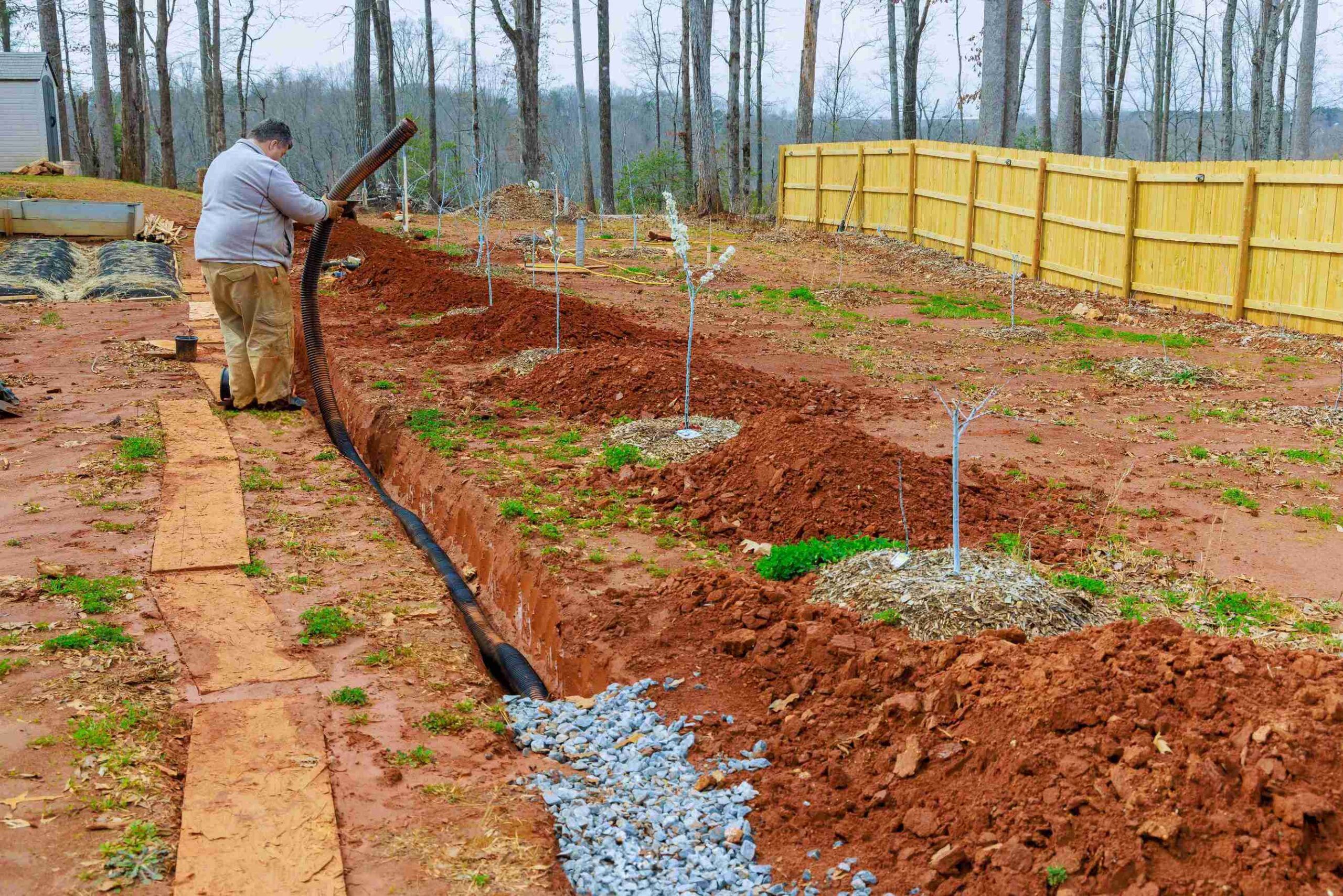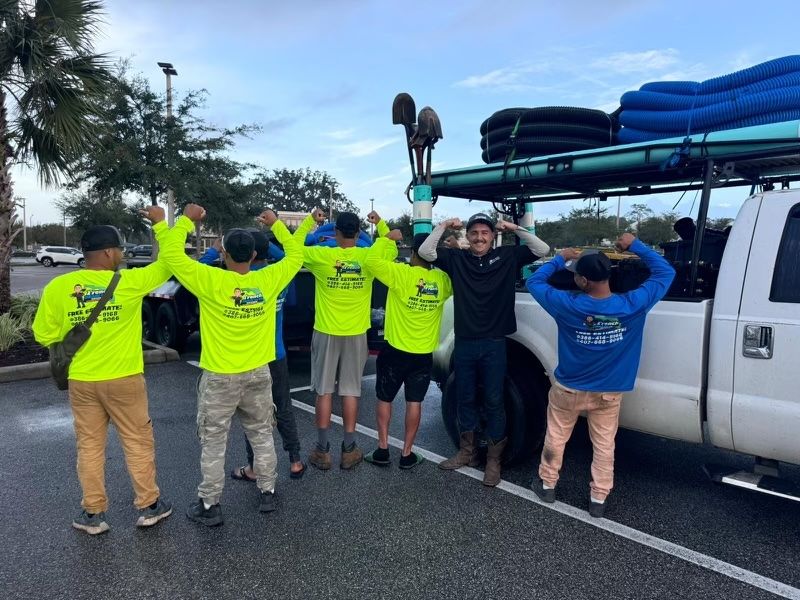Ways to Waterproof An Exterior Wall
Table of Contents
ToggleWays To Waterproof An Exterior Wall
When it comes to protecting your home, waterproofing your foundation and walls is one of the most important steps you can take. Not only does it prevent water damage and potential mold growth, but it also helps to maintain the structural integrity of your home.
As a homeowner myself, I understand the importance of feeling secure and protected in my own space. That’s why I’ve chosen to share some of the best ways to waterproof your outside walls in this post!
Whether you’re dealing with below-grade water infiltration or simply looking to add an extra layer of protection to your home, there are a variety of ways to seal your foundation. From special foundation walls to interior basement walls, there are solutions to fit every need and budget.
So, whether you’re a seasoned DIYer or prefer to leave it to the professionals, I’m confident that you’ll find something here to help you keep your home safe and dry, and if you do need some assistance in the Florida region feel free to reach out to us over at the French Drain Guys!
Reasons to Waterproof Exterior Walls
You’ll want to explore a solution for your walls for three reasons: protection, energy efficiency, and cost savings.
The benefits of waterproofing are numerous. For one, it protects your home from water damage, which can cause a host of problems such as mold growth, structural damage, and health issues. Additionally, waterproofing your walls can help to improve your home’s energy efficiency by preventing air leaks and reducing heat loss. This can lead to significant cost savings on your energy bills.
The importance simply can’t be overstated. It’s a necessity for any homeowner who wants to protect their investment and ensure the longevity of their home. The advantages of waterproofing your walls go beyond just protection and energy efficiency. It can also help to improve the overall appearance of your home, as well as increase its value. And with cost-effective options available, there’s no reason not to take the necessary steps to protect your plaster, concrete and masonry, & painted walls from rainwater seepage.
Waterproofing Outside Walls Below Grade
If your basement is prone to moisture, its important to eliminate moisture and you’re in luck! There’s a simple solution that can prevent damage to your foundation. Waterproofing below grade is an effective way to keep water away from your home’s foundation. Here are some basic steps to waterproofing exterior walls:
- Drainage solutions: One way to waterproof below grade is to install drainage solutions such as a trench drain or a channel drain. These systems are designed to collect and redirect water away from your foundation.
- Sealer application: Another way to keep water out is by applying a sealant to your below-grade walls. Make sure you let the walls dry completely first. For best results, the sealer can be applied with a roller or a brush (both adhere great). Don’t forget to apply the second coat if needed!
- Soil substrate stabilization: Soil stabilization is a process of adding materials to the soil to improve its stability. This can include adding cement or lime to the soil to make it more compact and less prone to shifting before you backfill, which can cause cracks and leaks in your foundation.
- French drain installation: A French drain is a type of drainage system that is installed around the perimeter of your home’s foundation. It collects water and redirects it away from your foundation, preventing damage caused by water ingress. Installing a French drain is an effective way to protect the structure and divert moisture and water.
To ensure maximum protection, it’s recommended to also install a sump pump among your other waterproof coating and waterproof products. A sump pump removes any water that collects in the drainage system, preventing it from causing damage to your foundation. That can help keep your below-grade walls in good condition and free of water infiltration problems through holes or cracks.
Exterior Wall Waterproofing Above Grade
Don’t let water damage ruin the exterior of your home. By waterproofing above grade, you can protect your property and have peace of mind during rainy seasons.
There are several options when it comes to waterproofing above grade. These include the use of waterproofing materials types, such as polyurethane and acrylic coatings, as well as exterior finishing options like stucco or siding.
Drainage solutions are also important to consider. This can include installing gutters and downspouts to direct water away from the foundation.
DIY techniques can be cost-effective, but may not provide the same level of protection as professional installation. It’s important to factor in the expense of hiring a professional for installation, as it may be more expensive than a DIY approach.
Ultimately, investing in above-grade waterproofing is a smart choice to protect your home’s exterior and prevent costly water damage repairs.
Waterproofing the Outside of Foundation Walls
To keep your basement dry and avoid potential flooding, consider investing in special waterproofing for your under-grade walls. Moisture prevention is key in protecting your home from water damage, and there are several solutions available to achieve this.
One option is to install a drainage system around the perimeter of your home, which will redirect water away from your foundation. Another option is to apply a sealant to your basement walls, which will prevent moisture from seeping through the porous concrete.
For more extensive waterproofing needs, soil excavation may be necessary to properly install a waterproof seal. This will act as a barrier between your below-grade walls and the surrounding soil, effectively blocking any water from penetrating your home.
While special basement wall waterproofing may require a larger investment upfront, it can ultimately save you from costly water damage repairs in the future, and it’s vital to eliminate water and moisture.
Brick Waterproofing Below Grade
Brick waterproofing below grade is essential for protecting your home’s masonry and concrete from water damage and giving you peace of mind. There are several techniques available for homeowners, including moisture prevention, drainage systems, sealing methods, and exterior coatings.
One of the most effective ways to waterproof an exterior wall is by installing a drainage system. This system diverts water away from the foundation by creating a path for it to flow through. It’s typically installed around the perimeter of your home and collects water that seeps through the soil, directing it away from the foundation.
Another effective method is exterior coatings, which are applied directly to the surface of the brick or masonry. These coatings seal the brick and prevent water from penetrating through to the foundation.
By combining these waterproofing techniques, you can ensure that your home’s foundation is protected from water damage. This will give you the peace of mind you need to enjoy your home.
Waterproofing Membranes
You can protect your home’s foundation from water damage by using a waterproofing membrane. These types of barriers are a thick layer of material that’s applied to the surface of your walls like a second skin.
They’re a popular choice for exterior walls because they prevent moisture from seeping into your home, which can lead to mold growth, structural damage, and other issues.
There are several types of waterproofing membranes available on the market, and each one has its benefits and drawbacks. Some of the most common types include sheets, liquids, and spray-applied systems.
The installation process is typically straightforward and involves cleaning the wall surface, applying the membrane, and sealing any gaps or seams. While the initial cost of installing a waterproofing seal may be higher than other methods, it’s generally considered to be more cost-effective in the long run.
With proper maintenance, they can last for many years, providing your home with a reliable barrier against wall damage due to drain water, condensation, and high humidity.
Interior Basement Waterproofing & Waterproofing Paint
If you want to keep your basement dry and free from mold and mildew, consider installing a waterproof seal system on the internal walls from inside as well as the floors of the basement to prevent water from seeping through.
It also involves the installation of drainage systems and sump pumps that divert water away from the foundation and out of the basement. By treating inside your house and waterproofing the exterior walls you can eliminate any other causes of water creating condensation within the wall.
By preventing water from entering the basement completely, you can avoid the growth of mold and mildew, which can cause health problems and damage to your home. You can also choose from a variety of insulation options that can help regulate the temperature and reduce energy costs.
Additionally, waterproofing the basement flooring can provide a more comfortable and usable space for your family. Overall, interior basement waterproofing is a smart investment that can protect your home and improve your quality of life.




